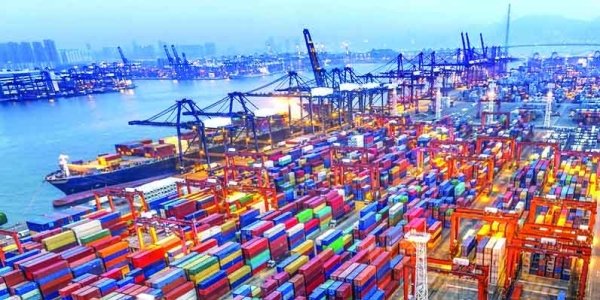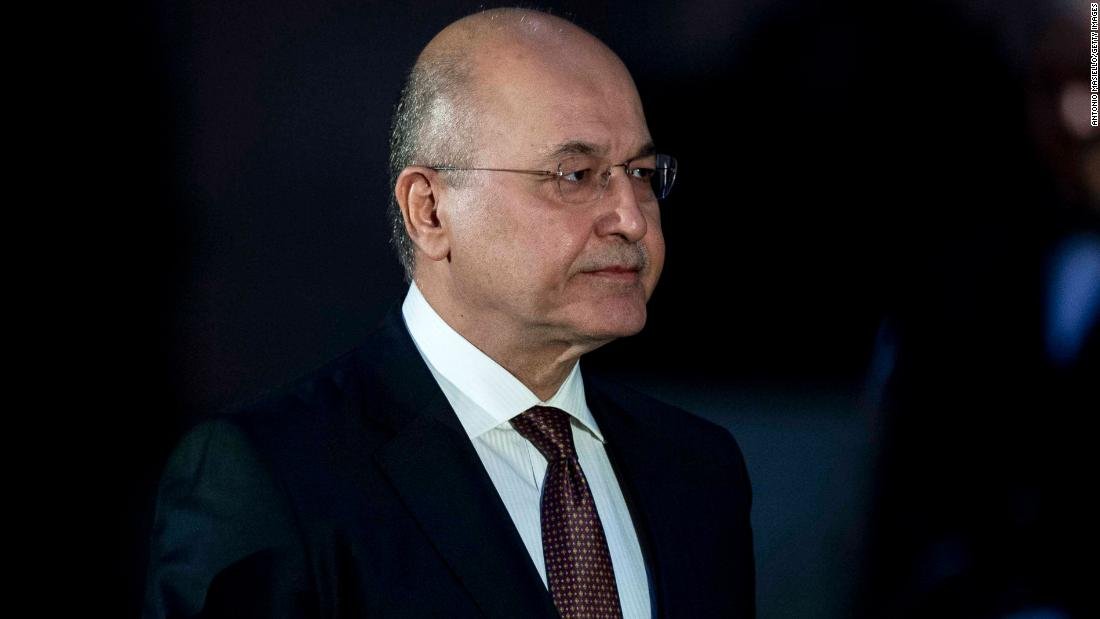MUSCAT: The Middle East is expected to remain largely insulated from the economic fallout of the United States’ newly announced tariffs, according to Carla Slim, economist for the Middle East, North Africa, and Pakistan at Standard Chartered Bank. Slim’s insights suggest that the region’s growing trade ties with Asia will help cushion the blow from Washington’s latest trade policy move.
According to a recent Standard Chartered study covering the Gulf states, Egypt, Jordan, Iraq, and Lebanon, total exports from these countries to the US amount to about $55 billion annually. Notably, half of these exports—mainly oil, gas, and vital minerals—are exempt from the new tariffs. The remaining $25 billion in non-oil goods will face a 10% duty, leading Slim to conclude that the direct impact on regional economies will be minimal.
“These tariffs are unlikely to significantly alter growth expectations in the Middle East,” Slim said. Instead, she sees the potential for strengthened trade links with Asia, which are already growing at an annual rate of 10 to 15 per cent. She noted that the current trade shift might even accelerate the region’s economic pivot toward the East.
However, she did point out some sectoral vulnerabilities. The aluminium and iron industries, already facing tariffs above 10%, could come under pressure if China diverts its exports from the US to Gulf markets, potentially creating a supply glut and challenging local manufacturers.

Carla Slim, economist for the Middle East, North Africa, and Pakistan at Standard Chartered Bank.
On the inflation front, Slim confirmed that expectations remain unchanged. She also offered forecasts on oil prices, predicting a rebound to $70 per barrel in the second half of the year and further recovery to $80 by 2026. This is driven by rising global demand, tighter OPEC control of supply, and disruptions from US sanctions on Iran and Russia—developments that will likely push Asian economies like China and India to deepen their energy ties with the Middle East.
Market volatility remains a concern, however. Stock and bond markets have experienced sharp fluctuations, Slim noted, due to a breakdown in traditional relationships between economic indicators. Still, she anticipates some market stabilization by the end of Q3 as clearer policy signals emerge.
Interestingly, Slim highlighted that the US maintains a trade surplus with many Middle Eastern countries, including Oman and other GCC states, which partly explains the muted tariff impact on the region. She emphasized that the new tariffs are not linked to political alliances or existing free trade agreements, which have offered little protection from these trade measures.
Slim also underscored the potential for deeper integration between Middle Eastern economies and dynamic markets in Asia and Europe. For Oman specifically, the Port of Duqm stands out as a key gateway to enhance trade routes with Asia. She praised the Sultanate’s structural reforms, improved business climate, and successful fiscal measures that have reduced its breakeven oil price from $80 to $65 per barrel.
With Brent crude at that level, Slim expects countries like Oman, the UAE, and Qatar to maintain fiscal balance or even post modest surpluses. She concluded on an optimistic note, stressing the importance of regional infrastructure projects like Etihad Rail and growing supply chain integration as drivers of long-term resilience and growth. — ONA







